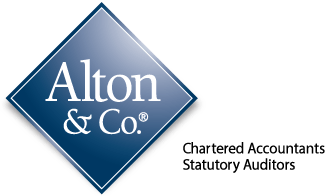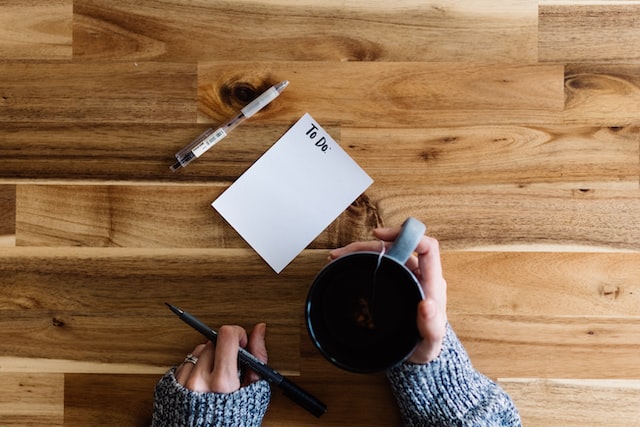The last few years have been tough for businesses; we hardly need to explain why. But with forecasters predicting a recession in 2023, hard times are only likely to continue.
Therefore, you must do everything possible to remain ahead of the competition this year. So, with the end of the tax year, have you used all your available allowances and arranged your finances effectively?
Use your tax allowances – while they’re still generous
In the UK, you only pay tax on sources of income after a certain point. These are known as tax-free allowances – you’ll know about the £12,570 personal allowance for income tax.
There’s also one for capital gains tax (£12,300) and dividends tax (£2,000), which limit the taxes you pay on asset and property sales and dividend payments.
However, once the tax year is over, your allowance is gone – so use it now or lose it.
Don’t forget that the tax-free allowance for capital gains tax will decrease from £12,300 to £6,000 in April 2023, while the dividends allowance will decrease to £1,000. So, we’re not just saying you should use your allowances while you still have them, but before they significantly drop in value.
Marriage allowance
Did you know you can easily save a couple of hundred pounds if you’re married with the marriage allowance?
Married couples and civil partners can claim the allowance where one partner pays the basic tax rate and the other is a non-taxpayer.
The lower can transfer a fixed amount of £1,260 to the other, reducing your tax by up to £252 in the tax year.
Top up your individual savings account
Individual savings accounts (ISAs) offer excellent protection against various taxes for savings below £20,000.
However, just like tax-free allowances, that £20,000 is on a ‘use it or lose it’ basis. So, if you’re below the £20,000 threshold, we recommend topping it up now if you can.
Savings in an ISA are free from income tax on the interest it accrues and dividend tax on withdrawals. Furthermore, any profits from investments are free from the capital gains tax, so if you want to be with your personal tax planning, consider opening one up if you haven’t already.
Make the most of pension contributions
To encourage people to save money for their retirement, the Government pays tax relief on pension contributions – in other words, it gives you free money if you just save some of your own in a pension. Saving up for retirement just got a lot easier!
The percentage of tax relief you get matches the highest rate of income tax you pay; so, if you’re a basic rate payer, you’ll get 20% tax relief. In practice, that means that every £1 you pay into your pension pot becomes £1.25 because £1.25 taxed at 20% is £1.
To get tax relief, contributions you make must be equal to or less than your relevant UK earnings for the same tax year – so if you earn £25,000 a year and put £30,000 into your pension, you only get relief on £25,000.
You also have an annual allowance of £40,000. However, for every £2 above £240,000 you earn, it reduces by £1. This ‘tapering’ ends at £312,000, so everyone has an allowance of at least £4,000.
No-nonsense help
Need help working out your allowance so you can get the most out of your pension contributions? How about planning your affairs to get the most out of your capital gains tax allowance?
Get in touch with us for straightforward answers that cut through all the jargon. We’ll help you get started with 2023 in the right way.

